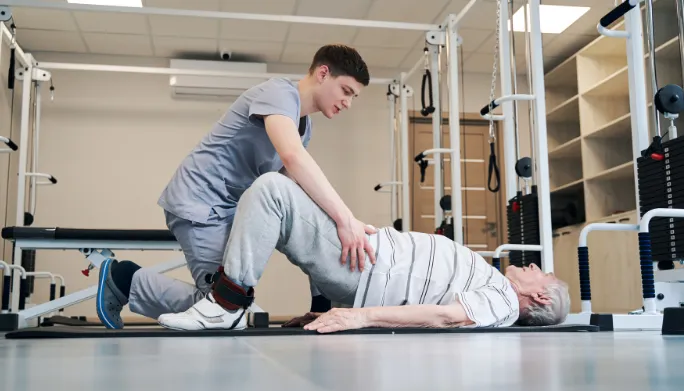Advancements in sports medicine are helping older athletes stay active and competitive as they age. Through targeted strategies and personalized care, maintaining performance has become more achievable. Here is information on how sports medicine can help you stay active and perform at your best.
Understand Sports Medicine
The field of sports medicine focuses on preventing and treating injuries caused by physical activity. It helps individuals stay active and recover from injuries efficiently. By addressing a wide range of sports-related concerns, medical professionals support athletes of all levels in maintaining physical health and pursuing their goals.
For older athletes, sports medicine addresses challenges that come with aging. It emphasizes optimizing performance while respecting the body’s changing limits. Through personalized care plans, doctors tailor strategies to help older athletes stay strong, active, and injury-free.
Manage Aging Challenges
As you age, your body undergoes changes that affect health and mobility. Bone density decreases, increasing the risk of fractures or osteoporosis, while joints become less flexible, causing stiffness. Cardiovascular efficiency declines, and balance and coordination weaken, raising the risk of falls. Muscle mass also tends to decrease with age, making strength training a valuable part of staying active. These changes highlight the need for regular exercise, a balanced diet, and proactive health care to maintain overall well-being.
Enhance Mobility and Prevent Injuries
Dynamic stretching before activities and static stretching afterward improve flexibility. These practices prepare your body for movement and aid in recovery. Activities like yoga and tai chi also enhance flexibility, mobility, balance, and mindfulness, making them great additions to any routine.
Adding massage therapy and foam rolling to your regimen supports tissue health and reduces stiffness. These techniques release tension, improve circulation, and aid in muscle recovery, helping your body stay in top condition. Regularly including these practices can improve how your body feels and performs.
To reduce the risk of injuries, focus on proper warm-ups, cross-training, and listening to your body. Modify activities as needed, prioritize rest days, and include low-impact sports like swimming or cycling to minimize strain. Balancing activity with recovery and paying attention to your body’s signals helps maintain long-term health and avoid injuries.
Improve Recovery Time
Sleep, nutrition, and hydration are key for maximizing recovery and performance. Prioritize getting 7-9 hours of quality sleep each night, as this is when your body repairs and rebuilds itself. Sleep plays a valauable role in muscle recovery, energy restoration, and overall well-being. Creating a consistent sleep schedule and a relaxing bedtime routine can help improve sleep quality.
Eating nutrient-dense meals is also beneficial for recovery. Focus on including plenty of protein to repair muscles, healthy fats to support recovery, and carbohydrates to replenish your energy stores after physical activity. These nutrients work together to give your body has what it needs to recover efficiently.
Start Your Fitness Journey
Sports medicine supports older athletes in staying active, healthy, and strong. It helps prevent injuries and promotes safe, effective training tailored to individual needs. Consult a professional for a personalized program and prioritize consistency over intensity. Small, steady efforts lead to strength, mobility, endurance, and lasting performance improvements.


Leave a Reply